Castlegar kids below par in provincial testing
The B.C. Ministry of Education has released this year’s Foundation Skills Assessment (FSA) marks, and School District 20 (SD 20) results show local student performance reflects a slightly lower percentage of students exceeding expectations and slightly higher percentage of students not yet meeting curriculum standards.
For example, Grade 4 writing assessments saw 10 per cent of SD 20 students exceeding expectations, while 17 per cent were not yet meeting expectations. Provincial averages saw 12 per cent of students exceeding expectations and 16 not yet meeting expectations.
Bill Ford, SD 20 director of instruction, says parents should take these results with a grain of salt.
“There are pros and cons (to the FSA),” he said. “It’s an assessment tool that gives the provincial government the ability to take the temperature of how kids are doing across the province, and that’s a good thing.
“What’s a problem is how the results are used, for example the Fraser Institute’s ranking of schools. The FSA was never designed to be used that way.”
The Fraser Institute’s use of FSA results for school ranking is problematic in a couple of ways – first, it doesn’t factor in criteria like socio-economic climate, school demographics and other, less tangible criteria that unquestionably affect the quality of any learning environment.
Secondly, says Ford, the ranking actually skews the test results themselves by turning the issue into a political hot button. The B.C. Teachers’ Federation (BCTF) lobbies extensively every year to discourage parents from allowing their kids to write the FSA exams – and if even one top student in a small district opts out of the testing, it can twist the results such that a very good school ends up with poor ranking.
For an accurate snapshot, 100-per-cent participation (or close to it) would be ideal, but in SD 20, non-participation in FSA testing for 2010 ranged from 13 to 22 per cent.
“Because of the political spotlight on this particular assessment tool, districts and schools are inclined to be skeptical of the results,” he said.
Ford says the FSA results still have a great deal of merit, however, in that they allow districts and schools to identify gaps or weak areas in their instruction.
“We can do what’s called an ‘item analysis’,” he said, explaining they can look at what questions many local kids struggled with or were unable to answer, and shore up the instruction they’re getting in that regard. “We can tease out weak areas school-by-school, and that’s helpful information.
“Do we look at the results? We absolutely do. Do we involve ourselves in the conflict between the BCTF and the ministry? We try not to.”
Although this year’s ranking has not yet been released by the Fraser Institute, local schools fared poorly last year (2008-09). Out of 876 schools across the province, Twin Rivers ranked 837, Kinnaird took 615 spot and Robson sat at 581.
Gord Smith, SD 20 board chair, said the reguar board meeting June 28 saw the approval of a draft letter to the Minister of Education. The letter is the third in as many years to be sent expressing the board’s concerns regarding FSA use.
“(It is) asking the ministry to work with stakeholders, primarily the BCTF, to work out some sort of compromise,” Smith said, explaining the BCTF campaign to discourage participation is skewing results. “And (it also asks them) to consider a format that would not allow results to be manipulated.”
Smith is referring to Fraser Institute ranking, which he called “widely innaccurate”, suggesting the provice find a way to present the results such that they are less vulnerable to misrepresentation.
Source calls to the Fraser Institute were not returned in time for this posting.
To view the FSA results, visit www.bced.gov.bc.ca/reporting.
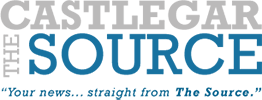




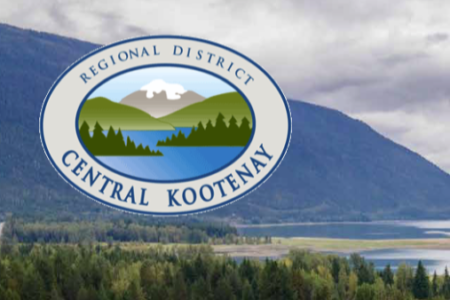



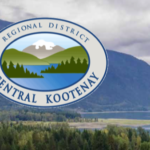
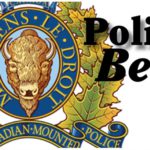










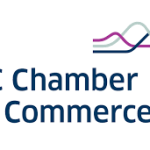
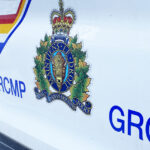


Comments